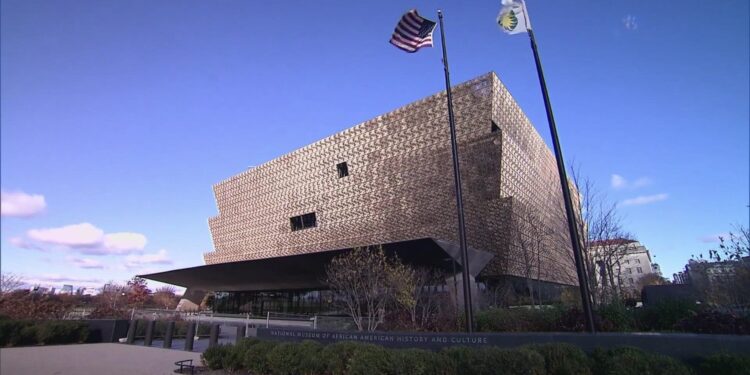Seattle museum directors are defending comprehensive historical narratives after President Donald Trump criticized the Smithsonian Institution for discussing “how horrible our country is” and ordered removal of exhibits that “divide Americans based on race.”
Trump claimed on Truth Social that the Smithsonian focuses on “how bad slavery was and how unaccomplished the downtrodden have been.” An NBC investigation found that at least 32 artifacts were removed from the African American History Museum in Washington following Trump’s directive, including Harriet Tubman’s book of hymns and “The Narrative of the Life of Frederick Douglass.”
Seattle Art Museum Executive Director Scott Stulen argued that museums must present complete historical accounts. “This is our history, and our history is very complicated,” he said. “There are a lot of parts of it that maybe we aren’t so proud of – there are parts of it that we are proud of, but we need to show both of those things.”
Brandon Bird, CEO of the Northwest African American Museum, emphasised the importance of comprehensive historical understanding. “We can’t remove certain segments of our history,” Bird said. “If we’re gonna really share and fully understand the full arc of our nation’s history, slavery is part of that fabric of the story.”
The federal pressure carries financial implications for museums. Stulen revealed that Seattle Art Museum has lost all federal funding over recent years, estimating losses between $400,000 and $700,000. This demonstrates how political directives can translate into concrete economic consequences for cultural institutions.
Stulen cautioned against political control over museum narratives. “I think it’s a danger if you’re having any administration, it doesn’t matter what party it is, that’s controlling that narrative,” he said. “We want to be basing our stories on principles and values, and telling a complete history from multiple perspectives.”
The controversy reflects broader tensions about how American history should be presented in public institutions. Whilst some argue that highlighting difficult historical periods creates division, museum professionals contend that comprehensive narratives promote understanding and healing.
Bird acknowledged the challenging political environment but remained committed to his institution’s mission of using “Black heritage to cultivate healing and hope for all.” He described the current momentum as “stressful, both as the lead steward of a beautiful museum, but also as an individual citizen.”
However, Bird drew on historical precedent for optimism. “We’ve been here before as a country, and we have examples that we can rely upon to remain courageous, supplement our endurance,” he said.
The debate raises fundamental questions about the role of museums in society. Should cultural institutions focus primarily on celebrating national achievements, or do they serve democracy better by presenting complex, sometimes uncomfortable truths alongside triumphs?
For Seattle’s museum community, the federal pressure represents a test of institutional independence and commitment to scholarly integrity. The outcome may influence how other cultural institutions navigate political pressures whilst maintaining educational missions.
The controversy also highlights the ongoing national conversation about how to address historical injustices whilst building national unity. Museum leaders argue that acknowledging difficult history ultimately strengthens rather than weakens democratic society by promoting understanding across diverse communities.







